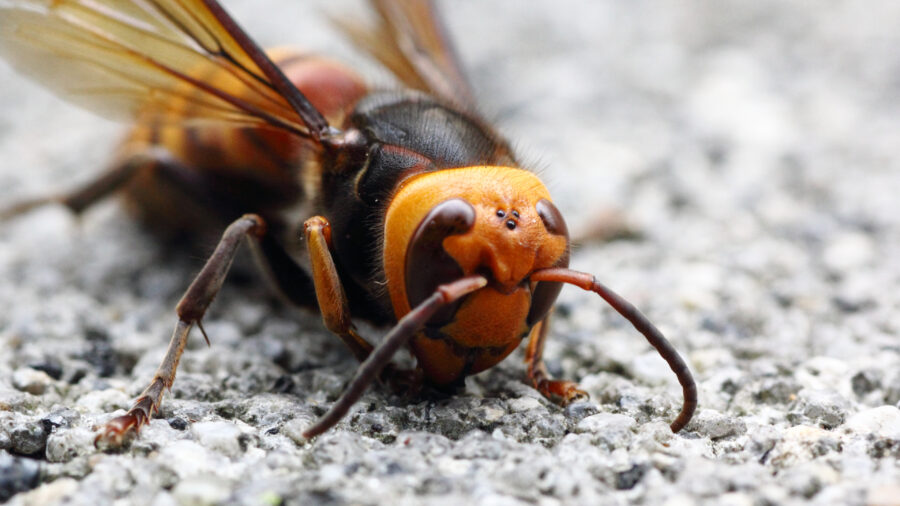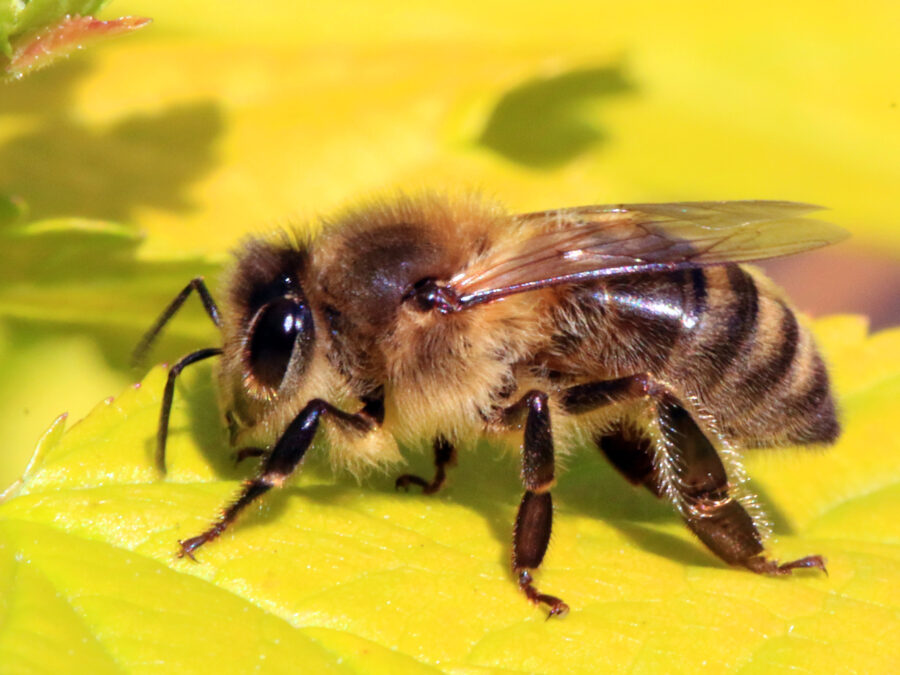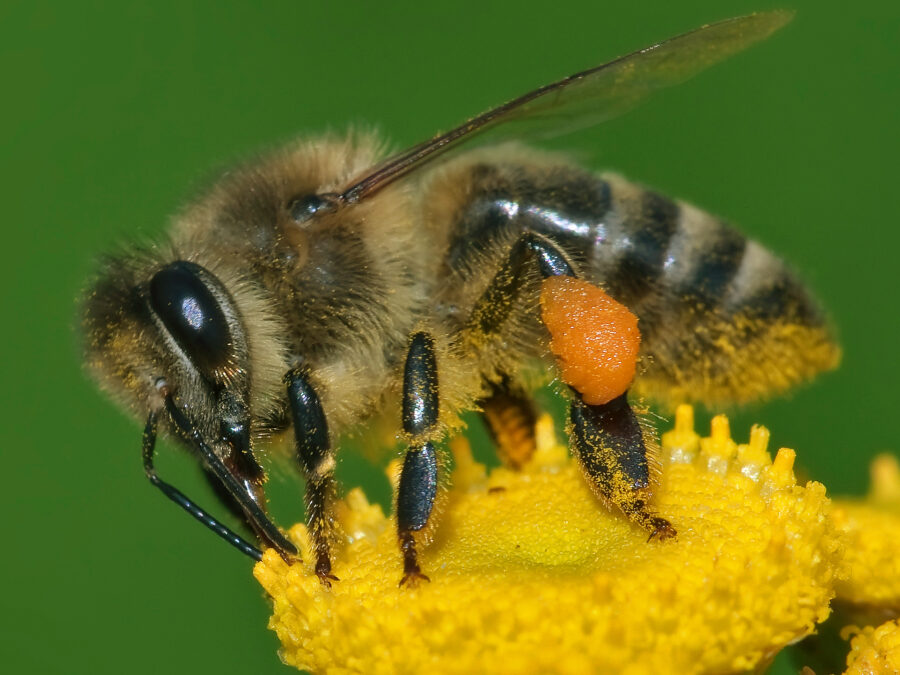Bees Have Started Using Tools To Fight Giant Murder Hornets
Bees have learned how to fight against those vicious murder hornets.
This article is more than 2 years old

Did you think the world forgot about murder hornets? Think again. In the latest news for this 2020 subplot, honey bees are using animal feces as a chemical weapon against murder hornet invaders.
While the giant hornet (Vespa Soror, also known as the murder hornet) is a new threat to North America, they’ve been around East Asia and Japan for a while now. Asian honey bees (Apis cerana) have had to learn to adapt and protect themselves against threat of attack. The process of documenting how they do this has been a long and interesting journey.
Heather Mattila, an associate professor at Wellesley College, first heard claims of Asian honey bees using tools in 2013. A beekeeper in Vietnam told her team of researchers that the local bees foraged for animal dung. Her team has now documented this process in action. While we have known that bees forage for nectar and pollen, it wasn’t yet documented that they forage for other supplies. Documenting this process took her team some time. It required them to create a “dung buffet”, mark the bees, and follow them back to their hive.

Next, they documented the bees using their supplies for what is known as “fecal spotting.” They actively used animal feces as a chemical weapon to defend their hive from murder hornets by applying it to their nests. Her research team observed the bees follow up an attack by murder hornets with several days of fecal spotting. The attacks on the bees’ nest entrances decreased afterward. “We documented that hornets were less likely to land on entrances or chew their way into hives when there were more fecal spots around entrances,” said Mattila. “While further research is needed to determine exactly what properties of animal feces repels the hornets, the barrier the bees create is an effective defense against their attacks.”
Yes, at this point the honey bees understand more about repelling murder hornets than we do. We’re working on it.
The research team also discovered that the bees didn’t do fecal spotting if they detected other hornet species in the area. They did get to work when they were exposed to the chemicals of a murder hornet scout. Heather Mattila and her research team at Wellesley College are continuing their study. Their next goal is to discover how the bees alert the rest of the hive to an imminent hornet attack.

It’s easy to let the murder hornets take center stage here. They’re the obvious threat to human populations. The nickname “murder hornets” certainly grabs your attention. But the real star players here are the honey bees using tools to defend their nests.
Unfortunately, North American honey bees don’t yet know these tactics. Giant hornets are new to the continent. The bees of North America already struggle against the threat of habitat loss and hotter days due to climate change. Currently, giant hornets are only a small problem, localized to Washington state and British Columbia. Scientists hope to keep this from becoming a greater threat to the bee population.










